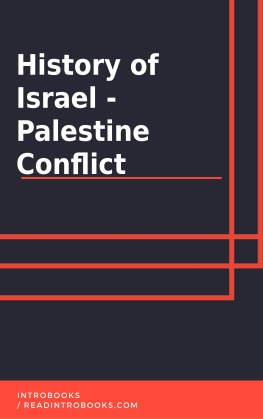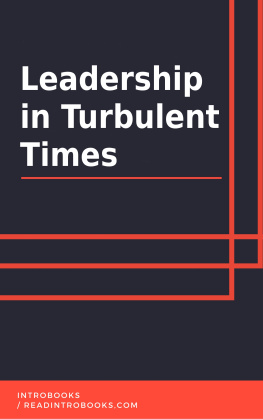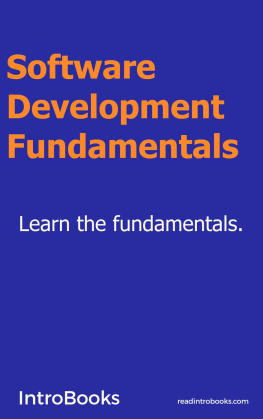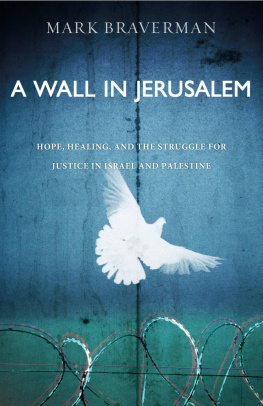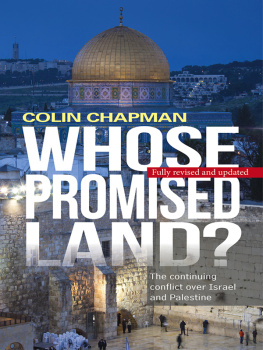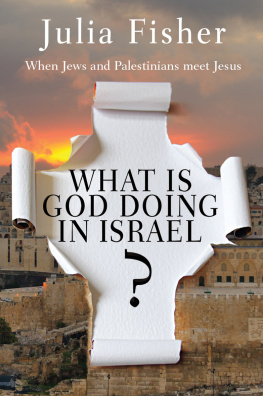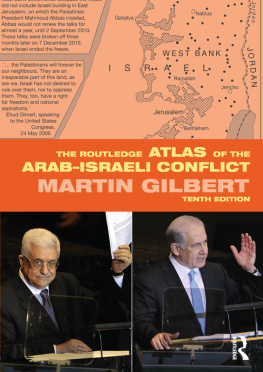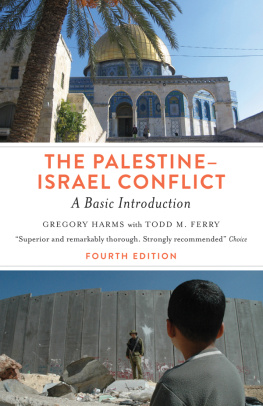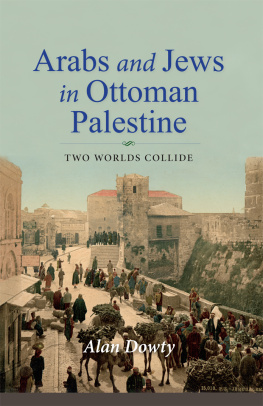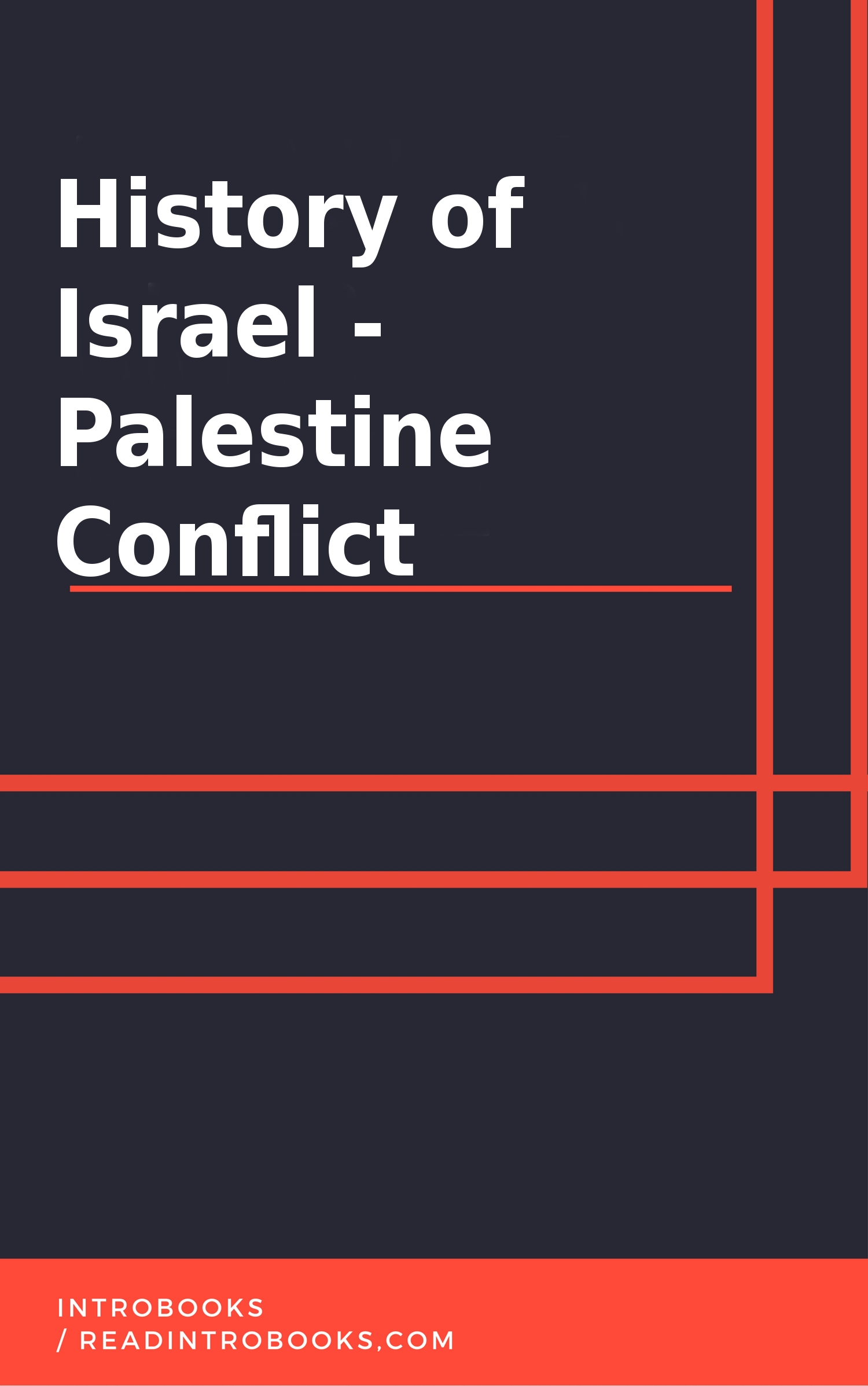Table of Contents
History of
Israel Palestine
Conflict
IntroBooks #437
readintrobooks.com
Copyright 2017 IntroBooks
All rights reserved.
Preface
The Israel Palestine conflict is the ongoing conflict of Middle East, which finds its roots in mid-20 th century will fall of the Ottoman Empire and migration of Jews. The conflict is attributable to 95% of the problems on Middle East. The conflict is between the Jews and the Arabs however it is not religious, but about the land. The Jews want Israel to be recognized as an independent Jewish state and the Palestinian want Jews to vacate their land. Both sides have been using all means possible to achieve this aim and have even gone to war thrice. The conflict is still active with no respite what so ever past 100 years or so. Many nations and UN have tried to resolve the issue but the intangible are too far from any solution. The conflict is also seen as one of the most difficult conflicts to resolve by both sides as well as international community.
Introduction
Israel - Palestine Conflict is an ongoing struggle between Palestinians and Israelis for right of acquisition of land. This is one conflict, which is mainly based on the land dispute and not any religious issue. The conflict started in mid-20 th century with the immigration of Jews in the Palestine State of Middle eastern Arab nation. This conflict was soon joined by neighboring Arab nations: Egypt, Syria, Jordan and Lebanon.
To resolve the conflict between Palestinians and Israelis various agreements and treaties were signed between negotiators of both sides. However, the continuous riots, terrorist attacks, refusal of Palestinian to accept Israel as a state resulted in building of distrust among both the sides. Since beginning of the conflict millions of people became homeless and thousands have lost their lives.
Key issues which are acting as a hindrance in the peace process are Palestinian right of return, mutual recognition, Israeli settlements, security, water rights, Jerusalem, borders, and Palestinian freedom of movement.
Two state solutions, is one of the best solutions given for bringing peace in this area. This solution aims at forming two different states: State of Israel (Jew) and State of Palestine (Palestinian Arabs). However it gets continually rejected by the Palestinian Arabs stating that they would not share their land with foreigners.
Various wars like Arab-Israeli War, Six day war and many more have been fought till date. Moreover historic movements like First and Second Intifada from Palestine, Operation Pillar of Defense by Israelis resulted in large number of causalities at both the sides.
Lesson I
Origin of conflict
The roots of the worlds most intractable conflict can be traced back to the end of late 19 th century. At that time the Middle East region was under the control of the Ottoman Empire. In the end of 19 th century most of the Palestine population was consisted of Arab Muslims whereas Christians, Jews, and other communities were present in very less numbers. During that time most the Jews predominantly settled in parts of Europe (central and eastern), Middle East but outside Palestine and parts of America.
In year 1859-1880s, in order to escape the ongoing persecution as well as anti-Semitism of Jews in various parts of World especially in Europe and Russia, a nationalist movement was started by Jewish. This was known as Zionist movement (1897). This movement aimed at establishing a separate nation for Jews in Palestine in which was their historic homeland which they also start referring as The Land of Israel . The man behind idea of political Zionism was Theodor Herzl , The . And the Jewish National Fund was created as a part of Zionist Movement. Theodor Herzls attempted to convince Palestine ruler of Ottoman Empire for the formation of new state for Jews. However, all his attempts of reaching political agreement with the Palestine state got failed.. This had lead Herzls to reach for the support of other governments.
As a result of this movement, a large number of Jews populations started migrating into Palestine, and started buying land there. Moreover, for settling Jews in Palestine, land of many Arab owners were also acquired, which resulted in increase in the tension between Arabs and Jews of the region.
The Arab leaders of Palestine identified this abrupt increase in the Jews population as a national threat. In order to protect the Arab population of Palestine, new rules and regulations regarding purchase of land in Palestine, were made. However, the increasing influence of Russia and Europe on Ottoman Empire made policy maker apprehensive about this increasing immigration. They very well understood that the whole purpose of this mass migration or garden variety colonization of Jews is to first gain the strength in numbers following by land acquisitions in the area and finally trying to achieve their dream of making Jewish state. As a result of increase in land acquisition by Jewish immigrants, the local Arab population started protesting against them. In response to these protests land sales to the foreigners were banned completely by ottoman authorities in year 1892. The population of Jews in Palestine had risen to 60,000, as a result of The Zion Movement .
Lesson II
Role of British in Israel-Palestine conflict
For Jewish settlement, Joseph Chamberlain , British Colonial Secretary offered 5000 sq. mile of land in Uganda Protectorate to Theodor Herzl. In regard to this proposal, some of the Jewish groups felt that accepting this offer will make it more difficult for Jews to return to their holy land. Hence the offer was declined in 1905. During the First World War, because of mutual defense treaty with Germany, Ottoman Empire of Middle East fought against France and Britain. In year 1915, Britain promised Arab leaders, their freedom from Ottoman control and making a separate Arab nation in exchange of their revolt against Ottoman Empire . In 1916, Skyes Picot Agreement was signed, according to this agreement the present day area of Israel, Jordan, Iraq and Palestine came under the control of Britain Empire.
Balfour Declaration and the British Mandate of Palestine
In 1917, Britain won the war with Ottoman Turkish forces and hence the land of Palestine remained under Britain. British Government in the Balfour Declaration of 1917, favored creation of Jewish national home in Palestine. This declaration clearly stated that the rights of the other existing communities should not be affected . An agreement was signed between Weizmann (future president of WZO) and Faisal I (the future king of Iraq)on 3 rd January1919. This agreement was based on the acceptance of the Balfour Declaration. In 1920, treaty of Sevres was signed between Arab and Zionist representatives. According to this treaty both the parties made an agreement to cooperate in the formation of Jews nation. However this agreement never got implemented.
From 1920-1948, Palestines government was administered by Great Britain. This period is known as British Mandate of Palestine . British Government continued its tradition of divide and rule, and made simultaneous promises to both Arab as well as Jews of Palestine region. Arabs were assured by British Government that there would be no compromise whatsoever in their right to self-determination whereas on the other hand gave its full support to Jews in building their new homeland in Arab predominant region.
By this time because of increasing anti Semitism against Jews in Europe more and more Jews continued migrating and purchasing land in Palestine. Because of this the existing Arabs became agitated. This resulted in riots among Arabs and Jews in Palestine. Grand Mufti of Jerusalem was made leader of Palestinian Arab Movement in 1920. He played an important role in igniting riots in Palestine on religious basis. He sparked riots by spreading that Jews were planning to rebuild Jewish temple on the holy site of Al-Aqsa Mosque . In Palestine the first major riot (Jaffa Riots )took place against Jewish population in 1921. This resulted in formation of a defense force Haganah , which was made for the protection of Jewish population. This increased tension between Arab and Jewish population of Palestine resulted in 1929 Palestine riots. There were massive Jewish casualties in riots of Safed and Hebron . As a result many Jews were evacuated from Hebron and Gaza.

